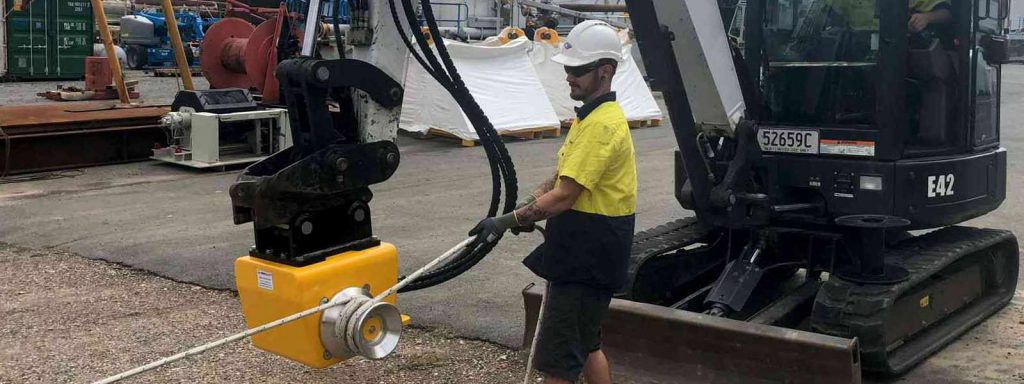Chapter 1 - Safety
The safety section lists safety precautions required to be taken when operating or maintaining your winch. Read and follow all operating and safety instructions contained in the Operation and Maintenance Manual supplied with your Neumann Equipment Winch and illustrated on the decals fitted to the equipment, and ensure that you assess the risk of any task by using the attached Job Safety & Environmental Analysis (JSEA) sheet (Appendix 1).
If you are unable to identify hazards or do not understand the process for using the Risk Matrix (Table 2), stop the job and consult a qualified Occupational Health and Safety consultant.
IMPORTANT
This symbol has been used throughout this manual to highlight important safety information. Ensure you read and understand the information before embarking on any related task.
DANGER
This symbol highlights a particular hazard and is shown with instruction on how to avoid risk exposure. Ensure you follow the guidelines within these signs.
Personal Protective Equipment Required
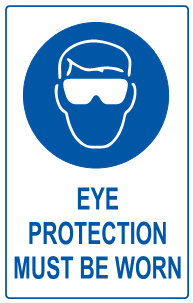

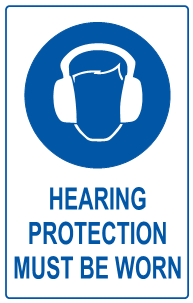

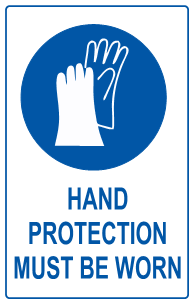

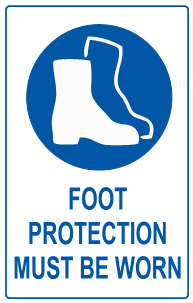

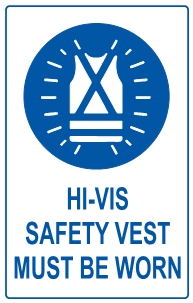

These symbols are pictograms and refer to compulsory Personal Protective Equipment (PPE) that youu must wear and/or actions that the operator must take to allow safe operation of the machine to occur.
Task Safety Process
To ensure work safety with Neumann Equipment winches – an operator should carry out a standard list of safety checks and questions BEFORE operating any part of the machinery. Use a blank copy of the Job Safety and Environmental Analysis in Appendix 1 to assist in the safety planning for the job tasks. Use the Risk Matrix (Table 2) to help measure the severity of the risk and plan appropriate mitigation strategies to avoid risk exposure.
Plan Your Task
- List in order the activities required to undertake the task.
- Use a copy of the JSEA (Appendix 1) to assist with this process.
- Use the Risk Assessment Process Chart (Figure 1) as a guide to help your process.
- Communicate your intentions with all persons involved in the task
Identify the Risks
- What can happen? How can it happen?
Assess the Risks
- Use the Risk Matrix as a guide to measuring the severity of the risk. First, determine the existing controls use. Then, determine the likelihood and consequences of the risks involved to establish a level of risk.
Determine the Risk Score
- Set risk priorities
Implement Controls
- Can the risk be removed, reduced, or controlled to a safe, acceptable level?
- Use of aids, plant or equipment, specialist specific equipment/people.
- Guards, barriers, safety mechanisms, and/or operational procedures
- Correct PPE
Can You Accept the Risks?
- If NO – formulate controls to remove/reduce the risk and re-assess the task.
- If YES – Organize the task, maintain controls, communicate instructions clearly, monitor and review progress.
Monitor and Review
- Work methodically.
- Check on progress.
- Communicate.
- Is the plan being followed?
- Are controls adequate?
- Is further assessment required?
- Have conditions changed? – Stop – Review the plan
Risk Assessment Process
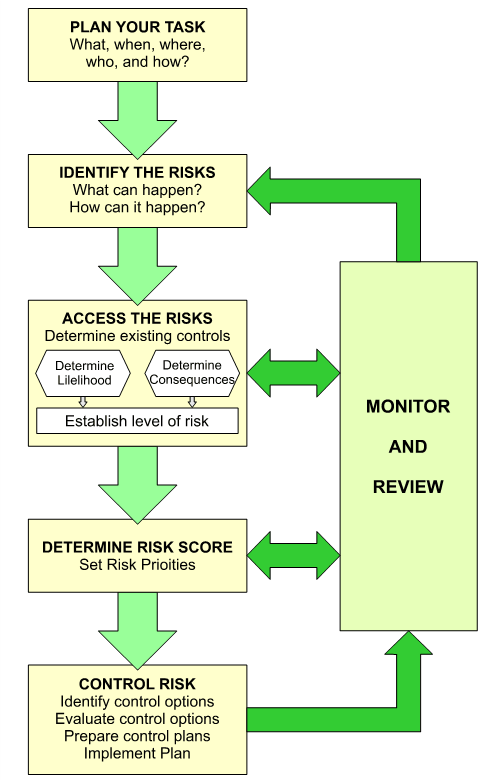

How to Assess Risks
For each of the risks:
- Determine the likelihood and consequence of an incident occurring considering existing control measures.
- Combine the likelihood and consequence estimates to rate the risk.
- Using the ratings of each of the risks, develop a prioritised list of workplace risks requiring action.
Use the following descriptive scale to nominate the likelihood and consequence of an incident occurring at the workplace.
Table 1 - Likelihood and Consequences


Table 2 - Risk Assessment Matrix


Table 3 - Risk Assessment Result


Chapter 2 - Safety
Delivery Inspection
After the Neumann Equipment winch has been delivered, you should inspect them for any evidence of damage caused by shipment before they are declared ready for use.
The preparation of the winch for use should only be undertaken by a responsible person who has read and understood the Operation and Maintenance Manual that was supplied with your winch. The requirements are simple and coupled with the use of good common sense, together with general, occupational health and safety knowledge and a visual inspection, should not pose any problems. The following checklist provides suggestions for detecting defective or damaged parts.
Checks before use:
- Remove the plastic wrap and other packaging material from the winch. Note: To maintain optimum corrosion resistance, you should not damage any paintwork on the winch.
- Remove any clamping bands etc., on the pallet.
- Inspect the winch for any visible damage.
- Visually inspect all components.
- Inspect all areas for evidence of gearbox oil leaks.
- Inspect for any damage to the hydraulic components, if applicable.
- Inspect for any damage to the electrical components, if applicable.
Transportation Securing Points
Some larger winches are supplied with transportation securing points, usually in the base of the unit. These have been designed for lashing during transport only and must not be used for lifting or anchoring while in operation. All points are marked for lashing or lifting.
IMPORTANT
Under no circumstance is the winch to be lifted using the transportation securing points.
Mounting Points
Typically, all Neumann Equipment winch chasses are designed with foundation mounting holes along the bottom of the frame. Would you please ensure that all mounting points are used and that the mounting platform is a stable and suitable location to support safe operation?
IMPORTANT
Under no circumstance is the winch operated without all mounting points securely fastened using appropriate fasteners and all mounting points.
To install the winch:
- Place winch upon its intended mounting surface ensuring that the winch sits level and the mounting holes on the winch frame match the hole centres in the support structure.
- Ensure that the winch is positioned to allow the rope and chain to feed off in the correct position.
- Secure the winch using the mounting points with the appropriate fasteners, then torque as required; refer to Table 4 – Recommended Assembly Torques – Class 8.8 ISO Metric Coarse Bolts & Screws.
Note: Appropriately sized, and you may fit strength stainless steel bolts instead to offer greater corrosion resistance.
Torque Settings
Table 4 - Recommended Assembly Torques – Class 8.8 ISO Metric Coarse Bolts & Screws
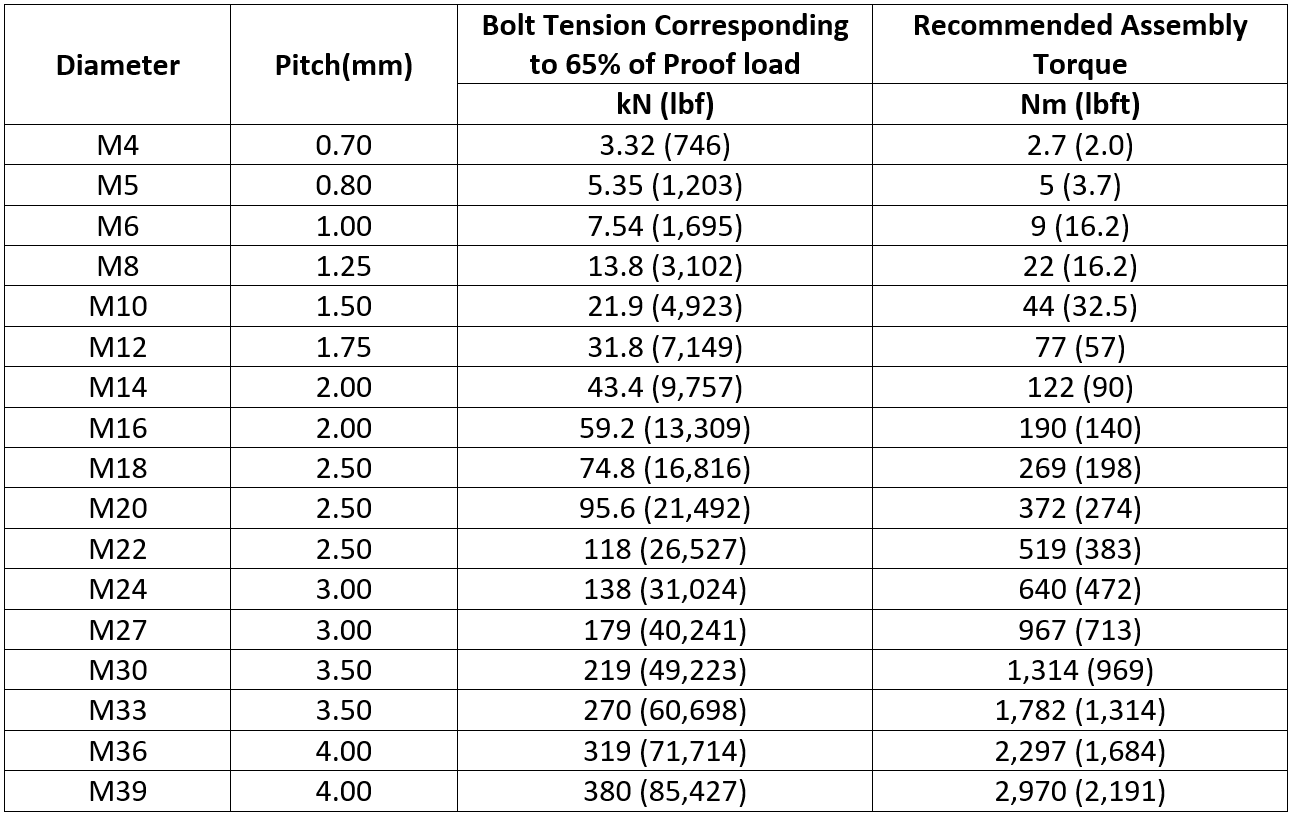



Chapter 3 - Safe Operation
Neumann Equipment winches are engineered to provide safe operation when used following established procedures and supported by Risk Assessment. To ensure the safety of operators and others, it is important never to exceed the machine’s capacity and that the equipment is operated appropriately within its design limits and intentions. Neumann Equipment strongly advises users never to operate the winch until all tasks associated with the work at hand have been documented and the relevant risk control measures implemented. Refer to Chapter 1 for further details on safety and how to assess risk.
To ensure the safe operation of your winch, the following basic Safety Rules must be understood and complied with at all times.
Safe Operation:
- Do not exceed the maximum line pull specified for the winch.
- Keep all body parts and clothing clear of winching cable.
- Never allow anyone to stand under a raised load or stressed line.
- Avoid sudden shock or jerking on the load.
- Use a slow speed with due care for personal safety and damage to equipment.
Before Commencing Work:
- Ensure all safety instructions are clearly understood, that operating manuals have been read and that operators are familiar with the winch and power pack controls.
- Ensure a thorough pre-operational inspection of working parts, ropes, controls, and associated equipment before commencing work. Check for loose or missing parts.
- Ensure that oil levels are within the safe operating range and service limitations.
- Visually check the power unit for signs of fluid leaks.
- Check all controls for proper response. Shut down the machine if a fault is detected, tag the machine out with an ’Out of Service’ tag, remove the key and contact the Service Agent.
- Review the working site for hazards through the use of a JSEA and Risk Assessment and implement the risk control measures to eliminate or minimise their effects, such as:
- Ensure there are no unused ropes, cables, or obstructions around the working area.
- Be aware of vessel/vehicle movement.
- Ensure personnel are correctly positioned and know what their involvement and tasks are concerning the job at hand.
- Ensure ropes or cables to be used are correctly rated for the task, are not damaged, or worn and, where appropriate, have the necessary test/examination certificates up to date.
- Watch your head. Don’t stand under a load or in areas where overhead equipment may swing and cause serious injury.
- You should always secure unused tools or gear so they will not become an obstruction.
- Be aware of non-operating personnel in proximity to the equipment or work area through which the line is pulled.
- Ensure clear communication between all personnel involved in the operation of this winch system.
ALWAYS…
- Completely read and understand the Owner’s Manual supplied with the winch.
- Undertake a Job Safety and Environmental Analysis (JSEA) and Risk Assessment before using the machine. A blank JSEA is provided in Appendix 1 for use. Photocopy as required.
- Use the Job Safety and Environmental Analysis Checklist to check that the relevant safety procedures are in place before work commences.
- Work at speeds suitable for the conditions and as determined by the task JSEA or Risk Assessment.
- Wear approved, appropriate Personal Protective Equipment (PPE), such as:
- Hard Hat (as required),
- Eye Protection – Safety Glasses,
- Hearing Protection – Earmuffs/Plugs,
- High Visibility Clothing/Vest,
- Hand Protection – Gloves,
- Long, Close Fitting Protective Clothing, and
- Safety Footwear – Steel Caps,
- Keep hands, feet, and clothing away from all moving parts.
- Keep alert and avoid being distracted whilst operating the machine.
- Remove the key and shut down the engine whenever the machine is left unattended and/or unsupervised.
NEVER
- Operate the machine without undertaking a Risk Assessment or JSEA (see Chapter 2).
- Operate this machine without Personal Protective Equipment (PPE).
- Exceed the Rated Capacity.
- Place feet or hands in areas where there is a pinch risk.
- Smoke (or approach the machine with a naked flame) whilst operating.
- Leave the motor running whilst unattended.
- Tie or secure yourself to any part of the machine.
- Jerk the control levers. Always use a steady, even action to achieve proper control.
- Touch engine parts, hydraulic pipes and fittings, friction parts or guards.
- Remove safety decals.
- Remove safety guarding.
Operational Controls
Refer to the winch’s Operation and Maintenance Manual for all operating procedures.
If you have lost your supplied manual, don’t hesitate to contact Neumann Equipment for a free replacement.
Chapter 4 - Maintenance
Before any attempt is made to service this machinery, all personnel should familiarise themselves with the safety measures for dealing with heavy equipment of this type and ensure that the appropriate precautions are taken.
All tools should be examined for cleanliness and function before use and laid out in an accessible area. The location of all serviceable parts on this machine is illustrated in Chapter 3.
Daily Operator Maintenance
Before each day’s machine operation, the operator MUST perform the inspection and checks as outlined below.
The purpose of the operator’s inspection is to keep the equipment in a safe working condition and to detect any signs of malfunctioning during normal operations between scheduled maintenance checks.
While it may not be the operator’s responsibility to perform mechanical maintenance, they should be thoroughly familiar with the unit, as this involves their own safety.
You can prevent many costly maintenance jobs by observing the following operator maintenance inspections and checks by winch operators.
IMPORTANT
DO NOT operate a machine that is known to be damaged or malfunctioning.
Remove the key from the ignition, tag out the machine using an Out of Service tag, and contact your Service Agent.
Defective components and/or equipment malfunctions can jeopardise the operator’s safety and other personnel and cause extensive damage to the unit. Remember, a poorly maintained unit could become a great operational hazard.
IMPORTANT
Hydraulic systems are highly pressurized. Escaping hydraulic oil, even an invisible pinhole leak can penetrate body tissues causing serious injury. Use a flat piece of wood or cardboard, for example, when looking for leaks. Never use hands or other parts of the body.
The hydraulic system components are precision mechanisms that depend upon the lubricating properties of the hydraulic fluid in the system for their continued operation. Contamination of any kind will reduce the service life of these components. Therefore, the fluid must be kept clean and free of contaminants.
